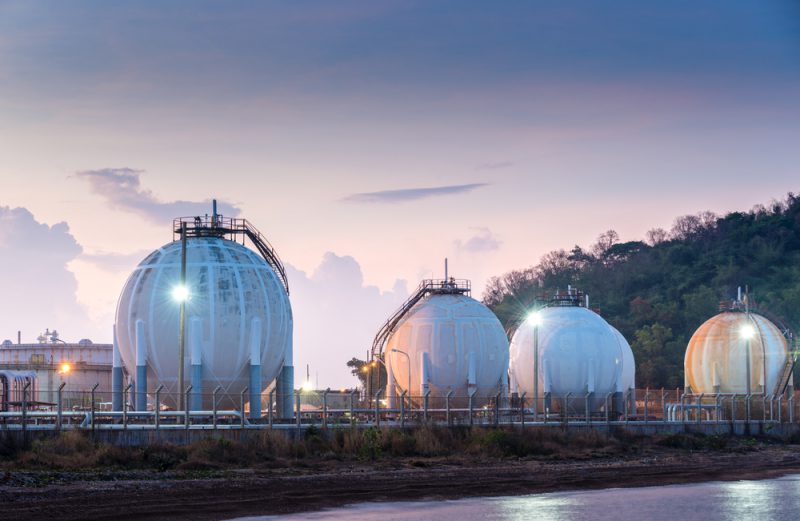Pennsylvania marketed natural gas production hit record high in 2017, EIA reports

Marketed natural gas production in Pennsylvania averaged a record 15 billion cubic feet per day (Bcf/d) in 2017, a 3 percent increase from 2016 levels, according to the U.S. Energy Information Administration (EIA).
The production largely comes from shale plays in the Appalachian Basin. Pennsylvania provided 19 percent of total U.S. marketed natural gas production in 2017 and produced more natural gas than every other state except for Texas.
According to the Pennsylvania Department of Environmental Protection, Pennsylvania issued 1,352 natural gas drilling permits in 2016 and 2,038 in 2017. The drilling rig count, which averaged 20 rigs in 2016, averaged 33 in 2017, according to data from Baker Hughes, a GE company.
Washington and Greene counties in southwestern Pennsylvania and Susquehanna County in northeastern Pennsylvania have most permits and rigs in the state. In 2016 and 2017, the three counties combined had slightly more than half of the total permits and two-thirds of the active rigs in Pennsylvania.
Natural gas produced in Washington and Greene counties has a high natural gas plant liquid (NGPL) content, EIA said, enhancing the value of extracted gas. Natural gas produced in Susquehanna County has comparatively less NGPL content.
“In the past, natural gas production in Pennsylvania outpaced the ability of regional infrastructure to process and transport it out of the region,” EIA said in a press release. “Several pipeline projects in recent years have alleviated these constraints.”
In October 2016, the Rockies Express Zone 3 expansion, which moves natural gas westward from southwest Pennsylvania, entered into service. The Algonquin Incremental Market pipeline, which moves natural gas from northeastern Pennsylvania into New England, entered into service in December 2016.
The 3.25 billion cubic feet per day (Bcf/d) Rover Pipeline Project and the 1.5 Bcf/d NEXUS Gas Transmission Project are expected to begin operations during the next few months.
EIA forecasts that natural gas production in the Appalachian basin will continue to increase.
